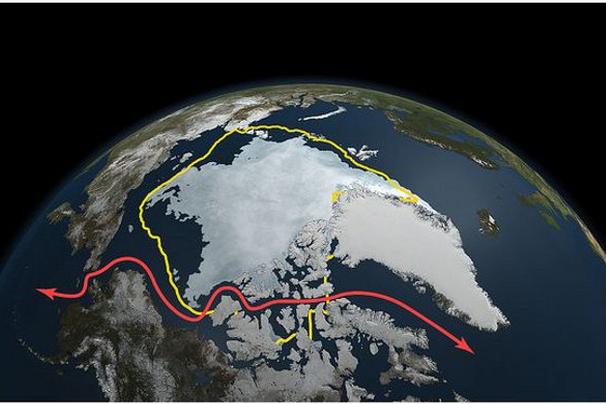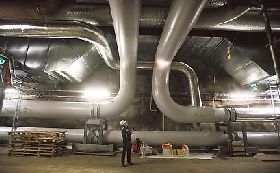Sea ice is frozen seawater that floats on the ocean surface. Blanketing millions of square kilometers, sea ice forms and melts with the polar seasons, affecting both human activity and biological habitat. In the Arctic, some sea ice persists year after year, whereas almost all Southern Ocean or Antarctic sea ice is “seasonal ice,” meaning it melts away and reforms annually. While both Arctic and Antarctic ice are of vital importance to the marine mammals and birds for which they are habitats, sea ice in the Arctic appears to play a more crucial role in regulating climate.

Because they are composed of ice originating from glaciers, icebergs are not considered sea ice. Most of the icebergs infesting North Atlantic shipping lanes originate from Greenland glaciers. Read more




